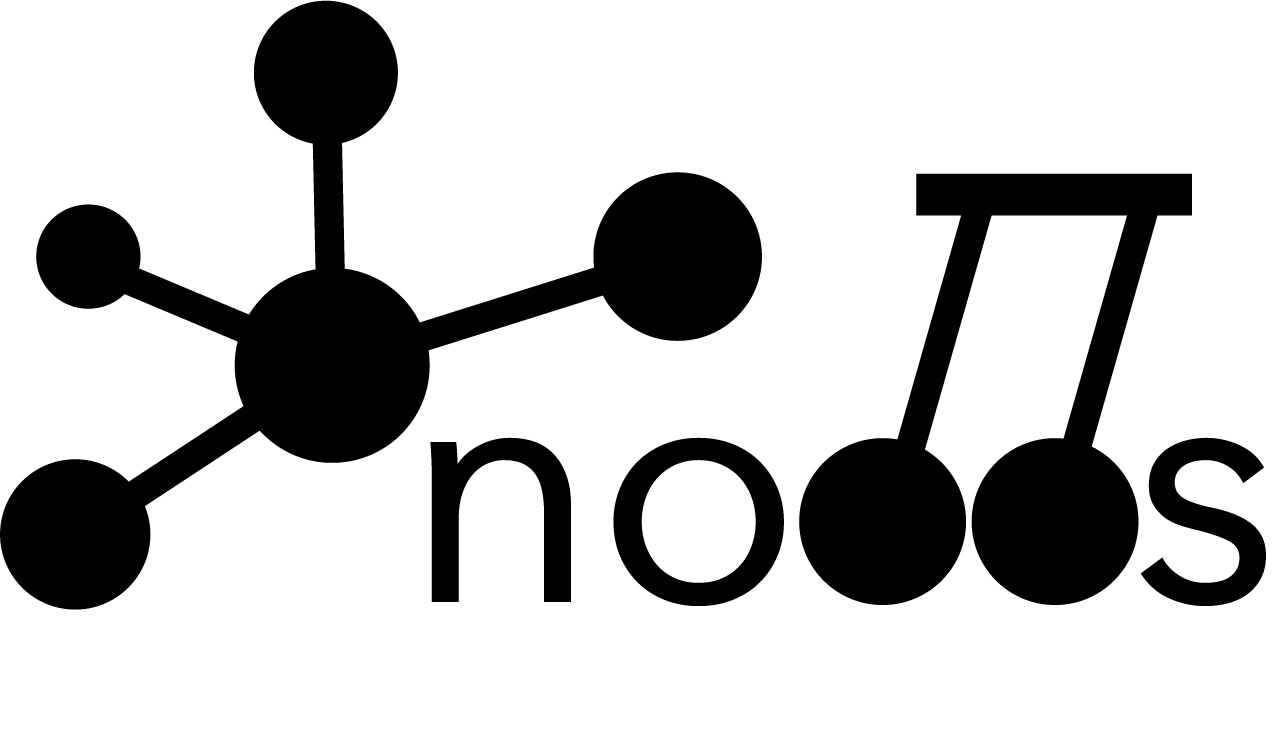The analysis of irregularly sampled time series remains a challenging task requiring methods that account for continuous and abrupt changes of sampling resolution without introducing additional biases. The edit distance is an effective metric to quantitatively compare time series segments of unequal length by computing the cost of transforming one segment into the other. We show that transformation costs generally exhibit a nontrivial relationship with local sampling rate. If the sampling resolution undergoes strong variations, this effect impedes unbiased comparison between different time episodes. We study the impact of this effect on recurrence quantification analysis, a framework that is well suited for identifying regime shifts in nonlinear time series. A constrained randomization approach is put forward to correct for the biased recurrence quantification measures.
